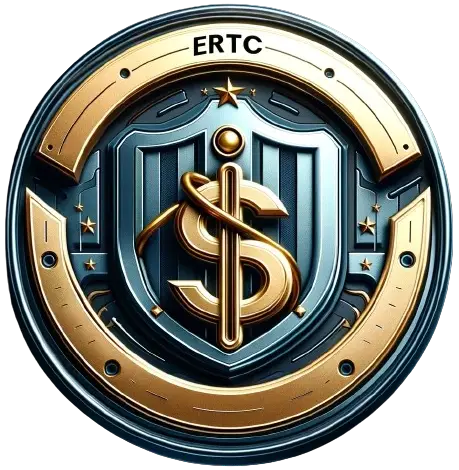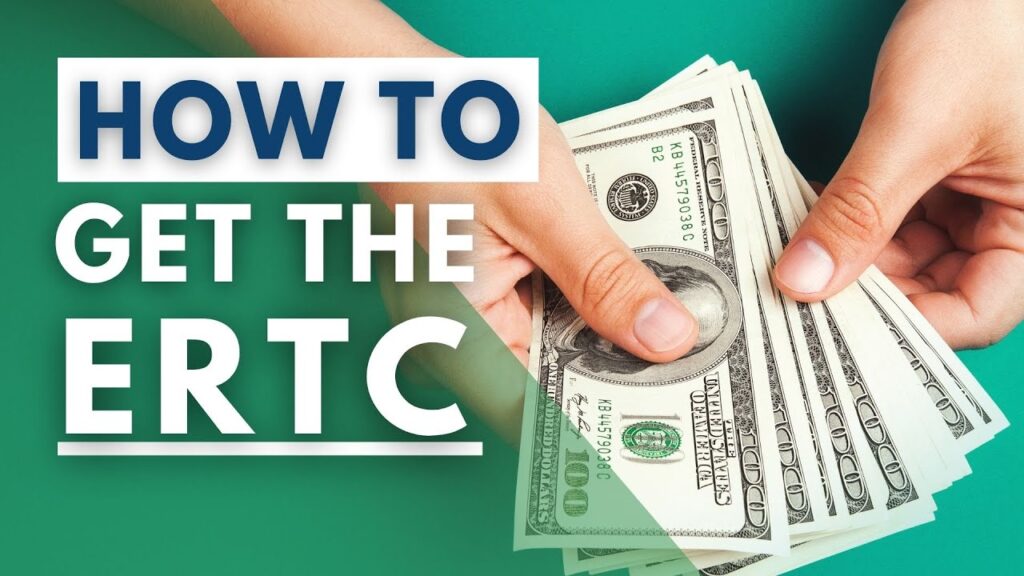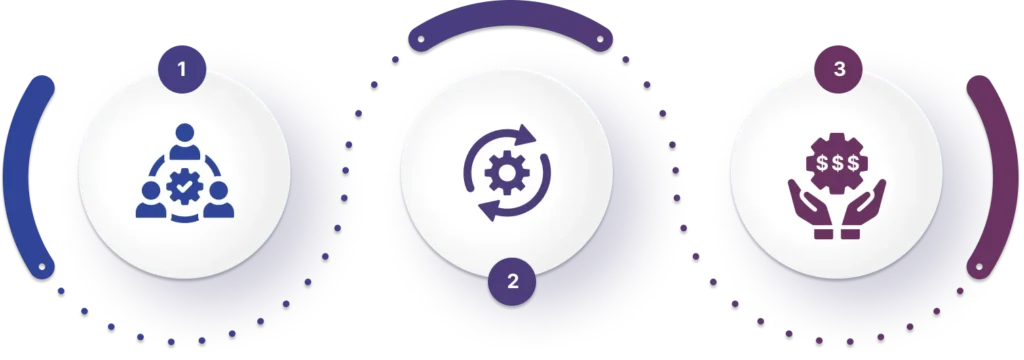When it comes to tax credits, the Employee Retention Tax Credit (ERTC) stands out as a beacon of support for businesses navigating the choppy waters of the COVID-19 pandemic. Understanding its eligibility criteria is crucial for ensuring your business can capitalize on this opportunity.
Key Takeaways
- The ERTC is a refundable tax credit for eligible businesses affected by the COVID-19 pandemic.
- Eligibility hinges on meeting specific criteria related to government orders, gross receipts, and qualified wages.
- Recovery startup businesses have unique considerations for ERTC eligibility.
- It’s important to understand the interplay between the ERTC and other relief programs like the PPP.
- Proper documentation and avoiding dual benefits are key to a successful ERTC claim.
Demystifying ERTC Eligibility for Your Business
Let’s start with the basics: The ERTC is a lifeline for businesses that kept their teams employed during the pandemic. It’s like a thank you note from the government, in the form of a tax credit, for supporting your workforce when times got tough. But not everyone gets this note—you’ve got to check off some boxes first.
What Is the Employee Retention Tax Credit?
Imagine you’re holding a golden ticket, but it only turns to gold if your business meets certain criteria. That’s the ERTC. It’s a refundable tax credit, which means it can reduce your taxes owed and potentially put money back in your pocket. It’s for businesses that faced shutdowns or significant declines in gross receipts due to the pandemic.
Immediate Signs You May Qualify
If your business was fully or partially suspended by government orders, or if you’ve noticed a substantial dip in your incoming cash flow during the pandemic, you might be in luck. These are immediate signs that the ERTC could be within reach.
Navigating the ERTC Eligibility Criteria
Now, let’s dive into the nitty-gritty of eligibility. It’s a bit like a game of ‘Simon Says’—you’ve got to follow the rules precisely to get the reward. For a detailed breakdown, you can refer to the Employee Retention Credit Eligibility Checklist provided by the IRS.
- Was your business fully or partially suspended by government orders due to COVID-19?
- Did your business experience a significant decline in gross receipts during the pandemic?
- Are you a recovery startup business that began operations after February 15, 2020?
If you nodded your head to any of these, keep reading.
Government Orders and Your Business Operations
If a government mandate slammed the brakes on your business operations, you’re one step closer to eligibility. It doesn’t matter if it was a complete or partial suspension; if the government said ‘stop’ or ‘slow down,’ the ERTC listens.
Gross Receipts Test: Did You Make the Cut?
Next up, let’s talk money. If your business’s gross receipts took a nosedive, you might qualify. We’re talking about a more than 50% dip in 2020 compared to the same quarter in 2019, or a more than 20% drop in 2021. It’s like comparing your business’s report cards to see how much the pandemic affected your income.
Recovery Startup Businesses: A Special Consideration
Started your business after February 15, 2020? There’s a slice of the ERTC pie for you too. Recovery startup businesses have their own set of rules, so don’t count yourself out just because your ‘Open’ sign is still shiny.
Qualified Wages and Claiming the ERTC
Alright, let’s talk about what counts as qualified wages, because not every dollar you’ve paid your team is going to count towards the ERTC. It’s like picking apples; you want the ripest ones that meet the criteria.
Qualified wages are those paid to employees during a time when your business operations were impacted by COVID-19. And it’s not just their salaries—it also includes health plan expenses. But here’s the catch: the size of your business determines which wages qualify. If you had more than 100 full-time employees in 2020, or more than 500 in 2021, only the wages paid to employees for the time they weren’t working qualify. Smaller businesses? Every wage you paid during an eligible period can count.
Understanding Qualified Wages
So, what exactly are qualified wages? Think of them as wages paid to employees when work couldn’t be done as normal, due to the pandemic. For example, if you kept your staff on the payroll while your doors were closed because of a lockdown, those wages are qualified. It’s your way of saying, “I’ve got your back,” and the ERTC is the government’s way of saying, “We’ve got yours.”
Timing Is Everything: When to Claim
Now, just because you have qualified wages doesn’t mean you get the credit immediately. Timing is crucial. You claim the ERTC on your quarterly employment tax returns. Think of it like planting a garden—you do the work now and reap the rewards later. And if you missed claiming it on a past return, don’t worry, you can amend returns for up to three years. So, it’s not too late to dig through your records and see if you can still claim this benefit.
Avoiding Dual Benefits: PPP and ERTC
Here’s where it gets a bit tricky. If you received a Paycheck Protection Program (PPP) loan, the waters muddy a bit. You can’t double-dip. That means you can’t use wages for both PPP loan forgiveness and the ERTC. It’s like using a coupon; you can’t apply the same discount twice. So, you’ll need to carefully navigate which wages you allocate to the PPP and which to the ERTC to maximize your benefits.
Steps to Determine Your ERTC Eligibility
Feeling a bit overwhelmed? Don’t be. There’s a way to simplify this process—the ERTC Eligibility Wizard. It’s a step-by-step guide that walks you through the eligibility maze. But before you jump in, gather your documents. You’ll need your 2019 and 2020 tax returns, payroll records, and any notes on government orders that affected your business.
Using the ERTC Eligibility Wizard: A Walkthrough
Let’s walk through the ERTC Eligibility Wizard together. You’ll answer questions about your business size, gross receipts, and any government orders that affected you. It’s like a choose-your-own-adventure book where the prize at the end could be a hefty tax credit.
Documentation: What You’ll Need
When it comes to the ERTC, documentation is your best friend. You’ll need detailed payroll records, proof of government mandates affecting your business, and gross receipts for the relevant quarters. Keep everything organized, because if the IRS comes knocking, you’ll want to show them your neatly kept financial story.
Most importantly, remember that the IRS may take a closer look at your claim, so accuracy is key. Think of it as baking a cake for a contest—the judges will notice if you’ve skipped an ingredient or measured incorrectly. So, make sure your documentation is precise and supports your claim.
Common Missteps and Misunderstandings
There are some common errors businesses make when it comes to the ERTC. Sometimes it’s an honest mistake, like thinking all wages qualify when they don’t. Other times, it’s not understanding the interplay between the ERTC and PPP.
Another misunderstanding is about the timeline. Some businesses think there’s no rush to claim the ERTC. But just like fresh produce, there’s a shelf life to this opportunity. You’ve got a three-year window to amend your returns and claim the credit. After that, it’s gone.
The Pitfalls to Avoid
So, what are the pitfalls you need to avoid? First, don’t claim the credit for wages already counted towards PPP forgiveness. Also, don’t overlook the government orders—your business might have been affected more than you realize. And finally, don’t wait too long to explore this credit. The clock is ticking.
Combatting Misinformation and Scams
Beware of misinformation and outright scams. If someone promises you the moon with the ERTC without a thorough review of your situation, that’s a red flag. Remember, if it sounds too good to be true, it probably is. Stick to reputable sources and professional advice when navigating the ERTC.
Therefore, arm yourself with knowledge and be vigilant. The ERTC is a fantastic opportunity, but it requires diligence and a sharp eye to ensure you’re fully benefiting while staying within the bounds of the law.
- Verify the source of any ERTC-related advice or services.
- Keep detailed and accurate records of wages and any PPP loan forgiveness.
- Don’t delay in assessing your eligibility and claiming the credit.
In summary, the ERTC can be a significant boon for your business, but only if you navigate its waters correctly. So take the helm with confidence, armed with the right information, and steer your business towards the potential rewards of the ERTC.
FAQs
Can Sole Proprietors Claim the ERTC?
Now, if you’re a sole proprietor, you might be wondering if you can dip into the ERTC pool. The answer is a bit nuanced. Sole proprietors can claim the ERTC, but not for their own wages. So, if you have employees, their wages could be eligible, but your own earnings? Nope, those stay on the sidelines.
How Do Changes in Business Ownership Affect ERTC Eligibility?
Business ownership changes can be like a game of musical chairs. If you bought or sold a business during the eligibility period, you’ve got to pay extra attention. The key is to look at who controlled the business when the wages were paid. Those are the folks who can potentially claim the ERTC for those wages. It’s all about timing and control.
What Are the Deadlines for Claiming the ERTC?
Deadlines, deadlines, deadlines. They’re important, aren’t they? For the ERTC, you’ve got a three-year window from the original deadline of your employment tax return to amend and claim the credit. But don’t wait until the last minute—think of it like a train leaving the station. You want to be on board well before it chugs away.
Are Part-time Employees’ Wages Eligible for ERTC?
Here’s some good news: part-time employees are definitely part of the ERTC party. Their wages count just as much as full-timers’ when it comes to this credit. So, if you’ve got a mix of full and part-time staff, you’re looking at a broader pool of wages that could qualify.
- Part-time and full-time employee wages can be eligible.
- Health plan expenses related to part-time employees can also be included.
- There’s no distinction in the ERTC between part-time and full-time for eligibility.
So, don’t overlook your part-time workforce when you’re calculating your potential credit.
Can Nonprofits and Tax-exempt Entities Benefit from ERTC?
Nonprofits and tax-exempt entities, listen up! You’re not left out in the cold. The ERTC extends its warm embrace to you as well. If your organization kept employees on the payroll during the pandemic, you could be eligible for the credit. It’s the government’s way of acknowledging that everyone, including nonprofits, felt the pandemic’s impact.




